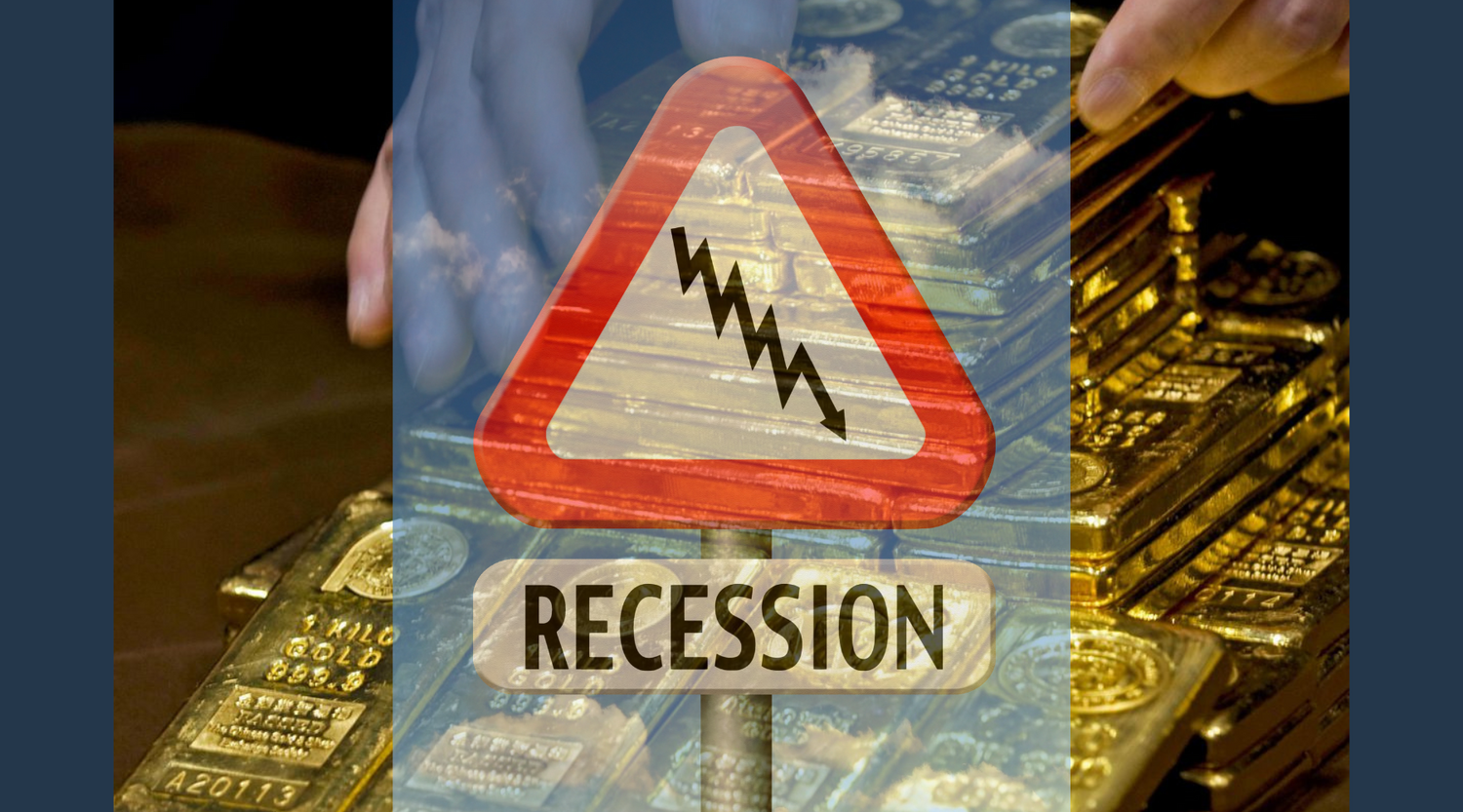Gold's Role as a Safe Haven
Before we delve into the data, it's crucial to understand why gold is considered a safe-haven asset. Gold possesses several characteristics that make it an attractive investment during turbulent economic times:
- Intrinsic Value: Unlike fiat currencies, gold has intrinsic value as a tangible asset. This inherent value provides a sense of security to investors.
- Lack of Default Risk: Gold does not carry default risk, as it is not dependent on the creditworthiness of any institution or government.
- Limited Supply: Gold is relatively scarce, which helps maintain its value over time. Its supply is not subject to the same inflationary pressures as fiat currencies.
- Historical Performance: Throughout history, gold has demonstrated its ability to preserve wealth during economic crises and, over more extended periods of time, has proven to maintain purchasing power.
Analyzing Gold's Performance Since 2002
To evaluate how gold has performed during recessionary periods since 2002, we can examine historical data and identify key events that triggered economic downturns during this period.
The Dot-Com Bubble (2001-2002):
- Following the dot-com bubble burst, the U.S. economy entered a recession in 2001. Gold prices, which had been relatively stagnant in the late '90s, started to climb.
- By the end of 2002, gold had risen from around $270 per ounce to approximately $348 per ounce, a 29% increase.
The Great Recession (2007-2009):
- The financial crisis of 2007-2008 led to one of the worst economic downturns in recent history. During this period, gold prices surged.
- In 2007, gold was trading at roughly $635 per ounce, and by the end of 2009, it had reached approximately $1,096 per ounce, a remarkable 73% increase. By the end of 2011, it was way out in front of most major investment options, having risen to over $1920, an increase of over 200% in less than 48 months.
COVID-19 Pandemic (2020):
- The global outbreak of the COVID-19 pandemic in early 2020 caused widespread economic disruptions. Investors flocked to safe-haven assets, including gold.
- Gold prices started 2020 at around $1,520 per ounce and soared to over $2,000 per ounce by August 2020, marking an impressive 32% increase in just eight months. The price remains steadfast and consistently in that range to this day and continues to provide one of the best ways to diversify your wealth while offering a secondary group of reasons for ownership.
Conclusion
The available data from recessions and economic crises since 2002 supports the notion that gold can be a reliable hedge against economic downturns. During times of uncertainty and market volatility since 2002, about 2-3% of all globally managed assets have consistently turned to gold as a store of value and a safe-haven asset. Its ability to preserve wealth and appreciate in value during these challenging periods has been evident.
It's important to note that while gold has shown its resilience in times of crisis, its performance can also be influenced by various factors, including geopolitical events, inflation, supply and demand and central bank policies. Therefore, it should be considered part of a diversified investment portfolio rather than a standalone solution.
Imagine what would happen to the price of gold if just 5% of the world’s globally managed assets were exposed to gold. Noting gold's performance during recessionary periods over the past two decades underscores its enduring appeal as a hedge against economic uncertainty and its likeliness to continue playing this vital role in the years to come. Investors seeking to mitigate risk and preserve wealth in turbulent times should consider allocating a portion of their portfolio to this precious metal.
Yours to the penny,
Darren V. Long






